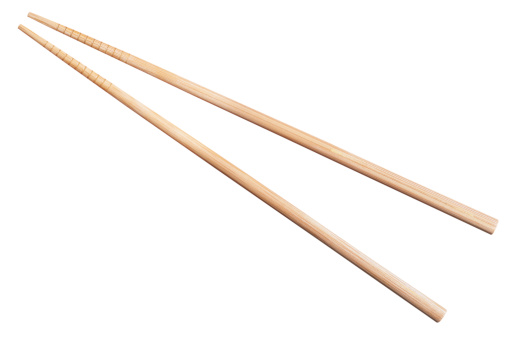Project Report For Chopsticks Manufacturing
Introduction
Project report for chopsticks manufacturing is as follows.
Chopsticks are thin, pointed sticks or pairs of sticks that are used as eating utensils in many parts of Asia, including China, Japan, and Korea. They are typically made of wood, bamboo, or plastic, and are used to pick up and eat small pieces of food. Chopsticks have been used in Asia for thousands of years, and their history can be traced back to ancient China, where they were first used as cooking utensils.
The use of chopsticks spread to other parts of Asia over time, and they are now a common sight in many Asian countries. In Japan, for example, chopsticks are called “hashi” and are often made of wood or bamboo. In Korea, chopsticks are called “jipsin” and are typically made of metal.

Chopsticks are considered an important part of Asian culture and are often used in traditional ceremonies and rituals. In China, for example, they are often used in weddings and other important events. They are also considered a symbol of etiquette and are often used in formal settings.
In addition to being an important part of Asian culture and tradition, chopsticks are also a popular symbol in literature, art, and popular culture.
Overall, chopsticks are an integral part of Asian culture and have a rich history and meaning. They are not only an important part of the traditional way of eating in many parts of Asia but also a symbol of etiquette and culture in various rituals and ceremonies. They may take some practice to master but once you do, they are fun, efficient and eco-friendly way to eat.
Project Report Sample On Chopsticks Manufacturing
Get Completely Custom Bankable Project Report
The chopsticks Manufacturing Process
The chopstick maker starts with a piece of wood that has been coarsely carved into a board or block. It could have been cured, dried, or aged earlier. This is determined by the type of wood, its hardness, and water resistance. The creator may examine the piece of wood to determine the ideal pattern of Chopsticksgrain. The wood is then milled on a bandsaw into a smooth rectangular block just longer than the final sticks and the width of several pairs.
This is done next if the wood is to be inlaid with a contrasting wood. The inlay adds a unique design to the finished stick. In the milled block, the craftsman cuts a trench. The craftsman then glues a small strip of contrasting wood into the trench. The inlay is clamped to the block and allowed to dry.
The chopstick maker cuts blanks after the inlaid wood is totally dried and secure. The blanks are wood pieces about the length of the finished chopstick and 0.25 in (0.64 cm) broad. The craftsman uses a table saw to cut the milled block of wood into blanks, one for each finished chopstick. They turn out to be long, thin rectangles.
The rectangular blanks must now be formed. This can be accomplished manually or mechanically. The shape of the chopstick varies depending on what the producer or buyer desires. Some chopsticks are square at the tip and taper to a cylindrical point, while others are cylindrical all the way around. The degree of taper is also a question of personal preference. The creator moulds the sticks with a handled scraper or by holding them against the belt of a sanding machine.
The chopsticks must be smoothed after shape so that they do not splinter in the user’s mouth. Handmade chopsticks are carefully sanded with several degrees of sandpaper. They are now ready for oil, paint, or lacquer finishing.
Market Potential Of Chopsticks Manufacturing
The One-Off Chopsticks The market is expected to grow to $40.8 million by 2027. Furthermore, it is expected to expand at a CAGR of 4.4% from 2022 to 2027.
The market potential for chopstick manufacturing in India is significant due to the country’s large population and increasing demand for disposable chopsticks in the food service industry. India has a population of over 1.3 billion people, with a rapidly growing middle class that is driving increased consumption in the food service industry. This has led to a growing demand for disposable chopsticks, both for use in restaurants and for take-out food.
The food service industry in India, which includes restaurants, hotels, and caterers, is a major user of disposable chopsticks. The industry has been growing at a steady rate in recent years, driven by the country’s expanding middle class and the increasing number of tourists visiting India.
There is also a growing demand for chopsticks in the export market. India exports chopsticks to countries like Japan, South Korea, and China. These countries have a high demand for chopsticks, and exporting to them can provide a significant revenue opportunity for Indian manufacturers.
The market potential for chopstick manufacturing in India is significant, With a growing population and increasing demand for disposable chopsticks, there is a great opportunity for chopsticks manufacturers in India to tap into this market.

